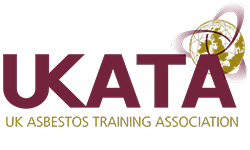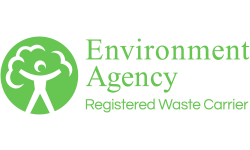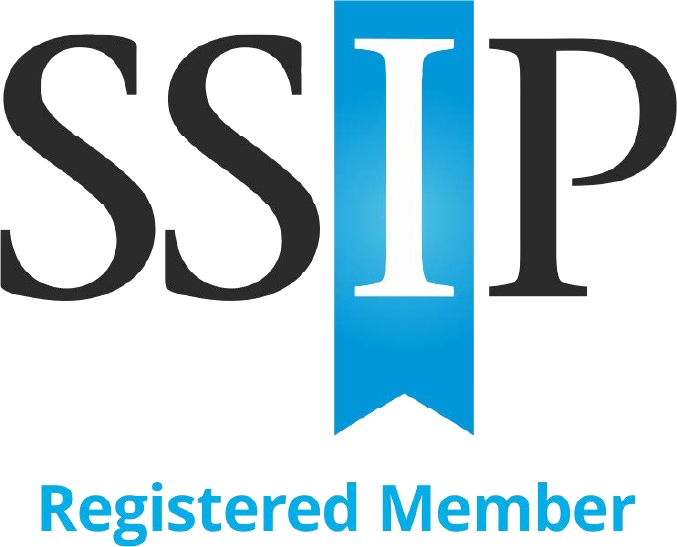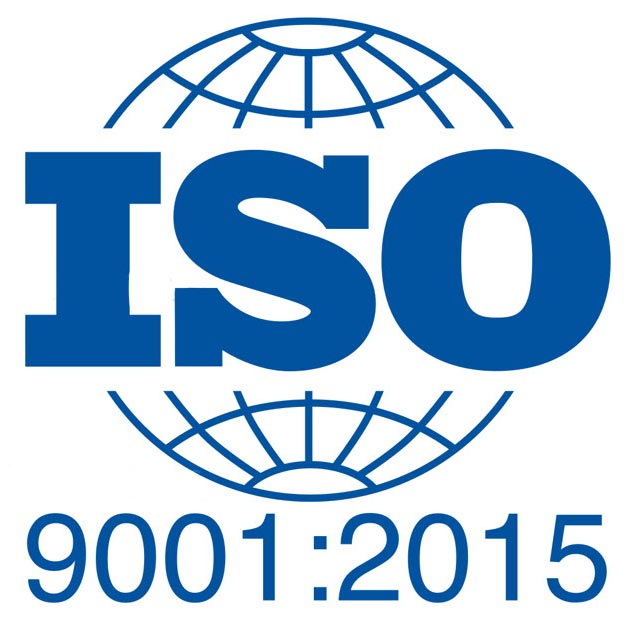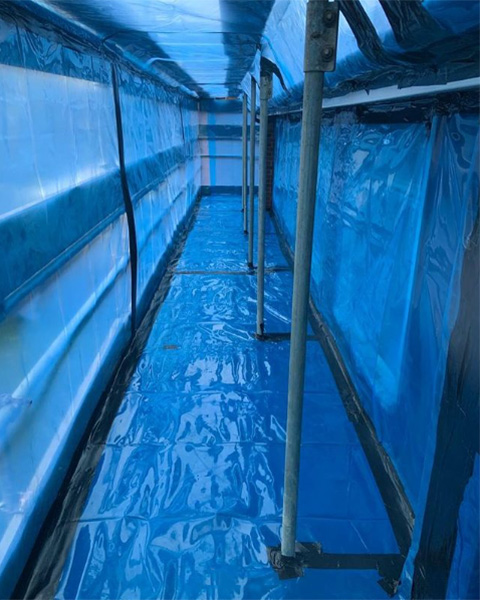
Asbestos Soffit Removal, Hertfordshire
Project Description
Asbestos soffits were typically made from Asbestos Insulation Board (AIB), which often contains two types of asbestos fibres: Chrysotile, also known as white asbestos, and Amosite, or brown asbestos. These materials were commonly used in construction due to their fire resistance, strength, and insulating properties. However, as we now know, asbestos fibres pose significant health risks when disturbed, as inhaling these fibres can lead to serious lung conditions such as asbestosis, mesothelioma, and lung cancer.
The process of asbestos soffit removal, particularly those made from AIB, required a specialised and cautious approach, as the methodology differs significantly from the removal of other types of asbestos-containing materials (ACMs). AIB is classified as a higher-risk material because it can release large quantities of asbestos fibres if disturbed. The removal of AIB soffits was therefore not a simple task and could not be treated like other lower-risk materials, such as asbestos cement.
Due to the high risk involved, we carried out the removal of asbestos soffits made from AIB under Fully Controlled Conditions. This meant that every step of the process was carefully managed and monitored to prevent the release of dangerous asbestos fibres into the environment. The use of controlled conditions included measures such as the erection of enclosures, the use of negative pressure units to prevent airborne asbestos, and thorough decontamination procedures. Additionally, all workers involved in the removal process wore specialised personal protective equipment (PPE) to safeguard their health.
This meticulous approach ensured that the asbestos fibres were contained and did not pose a risk to both the workers and the general public. Asbestos removal was heavily regulated, and adhering to strict safety guidelines was essential to prevent any accidental exposure.

Work carried out
Location
Type of Asbestos
Project Description
The process of asbestos soffit removal, particularly those made from AIB, required a specialised and cautious approach, as the methodology differs significantly from the removal of other types of asbestos-containing materials (ACMs). AIB is classified as a higher-risk material because it can release large quantities of asbestos fibres if disturbed. The removal of AIB soffits was therefore not a simple task and could not be treated like other lower-risk materials, such as asbestos cement.
Due to the high risk involved, we carried out the removal of asbestos soffits made from AIB under Fully Controlled Conditions. This meant that every step of the process was carefully managed and monitored to prevent the release of dangerous asbestos fibres into the environment. The use of controlled conditions included measures such as the erection of enclosures, the use of negative pressure units to prevent airborne asbestos, and thorough decontamination procedures. Additionally, all workers involved in the removal process wore specialised personal protective equipment (PPE) to safeguard their health.
This meticulous approach ensured that the asbestos fibres were contained and did not pose a risk to both the workers and the general public. Asbestos removal was heavily regulated, and adhering to strict safety guidelines was essential to prevent any accidental exposure.
